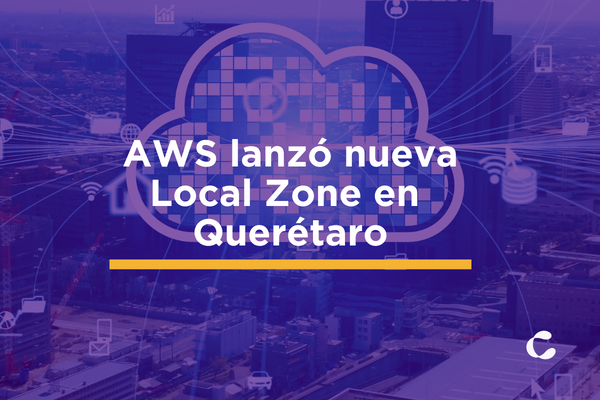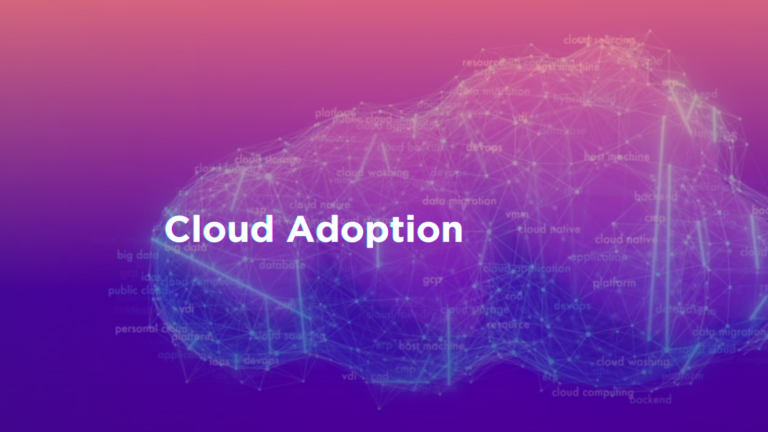With the application of Cloud Computing technology, retailers can transform their e-commerce into platforms capable of responding to the changes in consumer habits generated by the Pandemic.
The cloud supports massive purchases
E-commerce has become one of the global winners of the Pandemic. With the restrictions imposed, consumer habits have been changing and virtual shopping has gained market share like never before in modern history. International indicators testify to this dynamic.
The Global Consumer Insights Survey 2020, produced by PwC, reveals that in this health crisis, mobile purchases grew in popularity: 44% of respondents said they had increased them via cell phone, 34% via computer, and 38% via tablet. More than 50% of global consumers surveyed say they have become more digital and shop online at least once a day.
These results are a balm in terms of monetary income for the commercial sector on the five continents and to promote special events such as Black Friday and, in the case of Colombia, Day WITHOUT VAT, but they are also generators of logistical challenges and infrastructure for retailers.
Faced with this new environment, how will companies specialized in mass marketing of products manage to serve large volumes of people and avoid the so-called digital traffic jams?
The answer is offered by Cloud Computing technology. According to Leonardo Suárez, CEO of Clouxter, a leading electronic supplier in the national market, “its implementation means opening up new opportunities for businesses in terms of modernizing their computer systems, strengthening the digital architecture and therefore generating growth in sales.”
Leonardo Suarez, CEO of Clouxter
How can E-commerce take advantage of the Cloud?
In the short term, the application of this technology facilitates, for example, the connection of terminals regardless of where they are physically located, allows access to information at any time and from any place, and contributes to improving response capacity. facing customer requirements.
Concerning the latter, it contributes to the reduction of page loading times, a critical issue when it comes to guaranteeing that a person continues their transit on a site because they copy the contents and place them in a geographical location close to the users.
It allows the incorporation of availability points, that is, physical sites where the e-commerce components are housed, a factor that reduces the risk of loss of service.
Increases or decreases the response capacity when dealing with fluctuations in traffic and solving unforeseen events or more complex problems in the digital infrastructure.
In the medium term, cloud technology makes it possible to introduce improvements in the frontend, the digital face of the business, in aspects such as security, generating a lower level of load in primary databases and increasing connectivity.
According to Ricardo González, CTO of Clouxter, “With this technology, retailers will be able to strengthen e-commerce platforms, improve their reaction capacity, guarantee security, generate scalability, and strengthen the multi-sale model not only of physical but also digital products.”
Ricardo González, CTO of Clouxter
Finally, in a third stage, this model allows the introduction of actions that will be reflected in the transformation of e-commerce into a modern, scalable platform capable of adapting to the challenges imposed by situations such as the Pandemic and thus being able to respond without setbacks to activities such as days without VAT.






